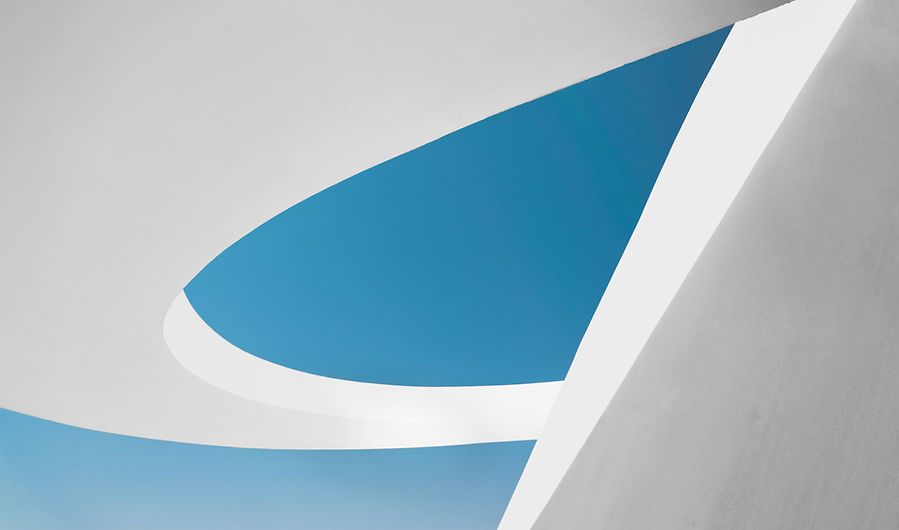Substrate

Choosing the right substrate for your aquarium is essential for both aesthetic appeal and the health of your aquatic environment. Sand and gravel are two of the most popular options, and each has its own advantages and disadvantages. Let’s break them down to help you decide which is best for your tank setup.

Sand Substrate
Sand is made up of fine particles, typically ranging from 0.1 to 1 mm in size, depending on the type of sand. It's commonly used in aquariums with species that naturally live in sandy environments, such as certain species of cichlids or marine tanks.
Pros:
-
Natural Appearance: Sand creates a smooth, natural-looking bottom for tanks, which works well for fish that naturally dwell in sandy environments.
-
Beneficial for Bottom-Dwellers: Species like catfish and loaches that like to dig or sift through substrate will appreciate the sand, as it doesn’t harm their sensitive barbels or fins.
-
Less Debris Accumulation: Sand tends to allow waste and debris to settle on the surface, which can be removed easily through siphoning during water changes. This can be helpful for maintaining water quality.
-
Creates a Fine, Soft Substrate: The soft texture of sand prevents injury to fish that dig or burrow.
Cons:
-
Can Compact: Over time, sand can compact in areas where there’s little water flow. This can lead to anaerobic pockets (areas without oxygen) that may release harmful gases, which could harm the fish.
-
Difficult to Clean: While debris may settle on the surface, cleaning sand can be tricky. Vacuuming can stir up the sand, causing it to cloud the water.
-
Limited Plant Root Support: While some plants can grow in sand, it lacks the structure to support plant roots as well as gravel does. Some aquatic plants may not thrive without a nutrient-rich substrate.
Price: Sand is typically more affordable than specialized gravels, but costs can vary depending on the type (e.g., live sand for marine tanks).
Gravel Substrate
Gravel is a more traditional substrate for aquariums and comes in a variety of sizes, ranging from small pebbles to larger rocks. It’s a versatile option and works well in both freshwater and saltwater tanks.
Pros:
-
Promotes Biological Filtration: The spaces between gravel pieces allow beneficial bacteria to colonize, helping break down waste products. This can lead to better biological filtration in the tank.
-
Helps Support Plant Roots: Gravel provides better support for plant roots, which makes it ideal for planted tanks.
-
Wide Variety of Options: Gravel comes in many colors and sizes, allowing you to create a custom look for your aquarium.
-
Easier to Clean: Gravel can be vacuumed more effectively compared to sand. The spaces between the particles allow debris to be sucked up without disturbing the substrate too much.
-
Great for Active Fish: Fish that like to burrow or dig (like some species of cichlids) may appreciate the added texture of gravel, as it offers a more substantial environment for digging.
Cons:
-
Can Trap Debris: Smaller gravel sizes may trap waste and debris in between particles, requiring frequent cleaning to maintain water quality.
-
Potential for Injury: If the gravel has sharp edges or is too large, it could potentially cause injury to fish, particularly those with sensitive barbels, like catfish.
-
More Maintenance for Aesthetic Appeal: Over time, gravel can lose its initial vibrancy, especially in planted tanks where algae and debris can accumulate.
Price: Gravel can vary in price depending on the type and brand, but it is generally affordable. There are also specialized gravels (e.g., nutrient-rich ones for plants) that can be a bit pricier.
Conclusion
Both sand and gravel substrates have their place in aquariums, and the choice ultimately depends on your tank's needs.
-
If you have bottom-dwelling fish that enjoy burrowing or sifting through the substrate, sand is an excellent choice. It's also better for a natural, smooth look, particularly in tanks replicating a sandy-bottomed environment.
-
On the other hand, if you plan on creating a planted tank or need a substrate that encourages biological filtration, gravel is a solid option. It supports plant roots better, promotes beneficial bacteria growth, and is generally easier to clean.
